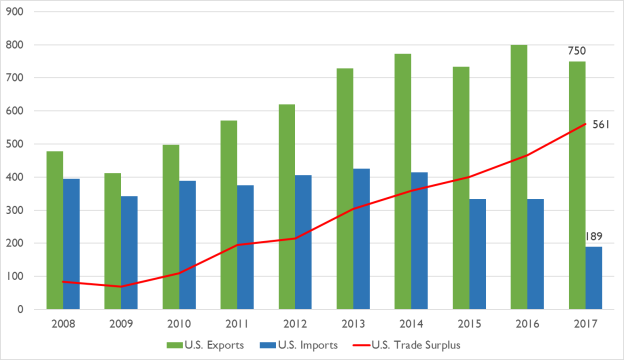Securing Canada’s Food Security: The Role of Supply Management
Over the course of five decades, Canada has embarked on a journey to safeguard its food security and promote sustainable farming practices. The country has devised a unique ‘supply management’ system to secure the livelihood of dairy, poultry, and egg producers against unpredictable international market forces. However, today these producers are grappling with a substantial threat. In an era of growing uncertainties, it is vital to reinforce our commitment to preserving our country’s food provision and rural economy.
Originating in 1972, the supply management system of Canada acts as a protective shield for our producers. The system is grounded on three main components: production, import controls, and pricing systems. Under this framework, farmers acquire a quota which entitles them to generate a particular volume of products. Pricing is regulated with an eye towards ensuring a stable profit margin for the producers. There’s also an upper boundary set for imports, maintaining a rigid limit.
Consequently, we restrict anything beyond the established import ceilings from entering our boundaries. Given its bilateral impact, supply management poses a divisive issue. There are arguments against it, stating that it interferes with the natural flow of the free market, drives up prices, and forms an oligopoly.
However, any attempt to eliminate or even diminish the strength of the supply management system has the potential to considerably harm our dairy industry, which consists of 9,256 farms. The size of dairy herds in Canada is relatively smaller, where the average farm maintains approximately 150 cows and the largest ones host several thousand, as revealed by research findings.
Contrastingly, the average herd size in the U.S. consists of around 337 animals, while the biggest farm owners manage more than 100,000 cows. The price of dairy products in the U.S. is lower, even after considering the currency exchange rate, with an average of $1.45 per litre of milk in Canadian dollars, compared to $1.70 in Canada for a four-litre container.
Assuming the removal of supply management from the equation, Canada’s dairy industry would find it impossible to upscale swiftly enough to rival huge U.S. corporations. The environmental and societal impacts of such a shift would be severe. Smaller farms would face the grim possibility of closure as they would be unable to compete on price.
Our egg, chicken, and turkey sectors fare slightly better in terms of price competitiveness compared to the U.S., but without supply management, they’d face immense challenges. Considering proposals to revise policy have remained politically sensitive and emotionally charged, often seen as ‘third rail’ issues.
Nevertheless, experts stress the importance of fortifying contingency plans to mitigate the worst case scenarios, should our system encounter insurmountable strains during negotiations. Firstly, industries under supply management should champion local products more ardently. Canada prides itself on its superior product quality, and this needs to be celebrated and publicised more proactively.
Simultaneously, an assertive strategy to expand exports to budding middle-class consumers, such as those found in the Middle East and Asia Pacific, should be embraced. Secondly, there’s a call for all stakeholders, including governments, producers, consumer groups, among others, to initiate a dialogue on potential ways to reduce domestic prices.
One innovative approach would be to significantly augment applied research endeavors to make our farms maximally efficient. This could involve integrating agriculture into innovation agendas and supporting burgeoning industries that leverage cutting-edge technologies, such as precision fermentation and cellular agriculture, to manufacture food.
Thirdly, the government should contemplate ways to safeguard the value of supply management quotas. In Central Canada, a quota equivalent to a single cow is estimated to be worth $25,000. Each of these cows represents a profitable investment that generates returns in the form of milk. Preserving these investments from potential losses is paramount.
We should explore the feasibility of transiting to a more European-style subsidy system, which, in turn, could lend support or possibly serve as a partial substitute to the current system. Lastly, there is a sobering acceptance that some farmers might not be able to adjust if substantial changes are made to the supply management system.
In a scenario similar to the adaptation assistance provided to tobacco farmers and cod fishermen, part of the worst-case preparation should include support programs to aid these farmers in transitioning to alternative careers.


